
Our Learning Approach
Breakthroughs in Training:
How many of us have walked into a training room on the first day of a course to be greeted in the following manner…
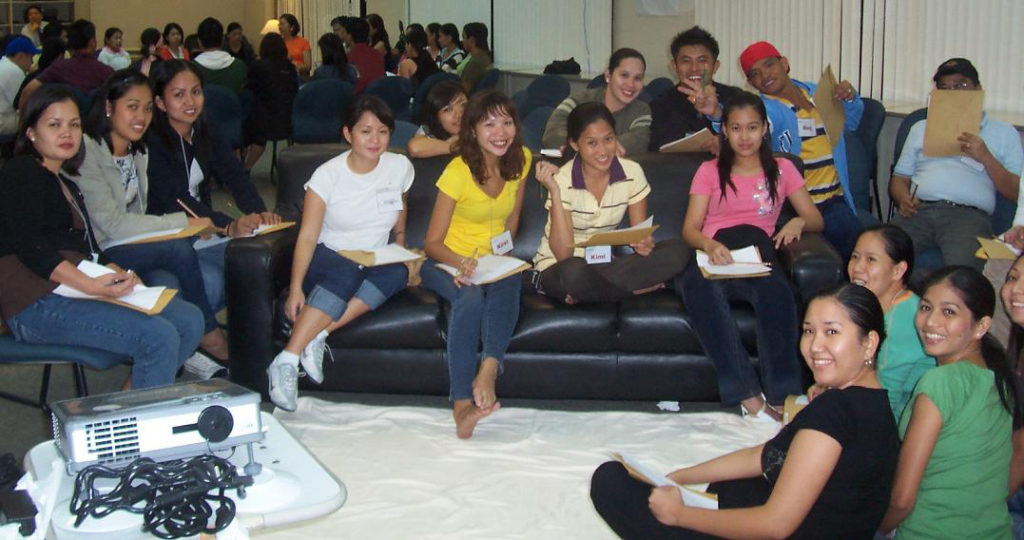
- smiling instructors at the door to welcome participants
- soothing classical music from the compact disc with speakers in the four corners of the room
- inspirational home-made posters with sayings and quotations related to the subject of the course, on the walls of the training room
- colorful rugs and mats on the floor to create an atmosphere of informality
- low coffee table, sofas and bean bags for participants to sit on besides the ordinary, straight backed chairs and tables
- soft lighting from decorative table lamps, with lovely lampshades, instead of bright and stark lighting from the ceiling
- pictures on the video screen to create visual images
- fruits, nuts and sweets on a table at the back of the room
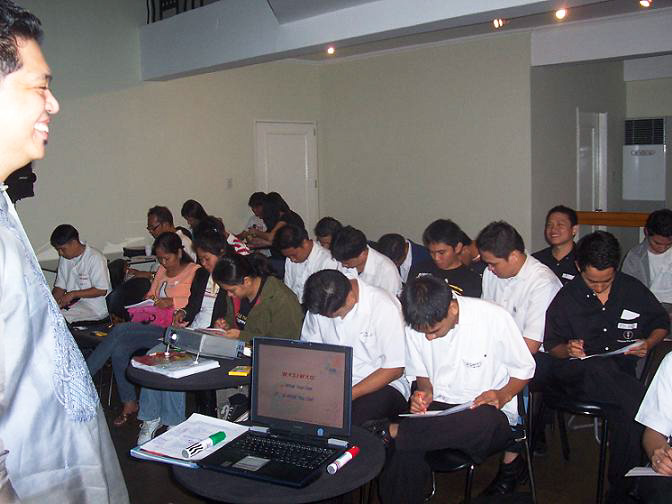
For most participants, this is a radical change from the normal classroom environment often seen in training rooms.
The conventional training event is often looked upon as a ‘tell, listen, and act’ activity where the trainer or facilitator will initially provide some input after which participant react to the material through some form of individual exercise or group activity. The commonly used approach is to present the new material through some form of visual display in a logical and linear manner. Participants will react verbally and perhaps discuss the new material with their classmates.
Recently, the traditional approach to training and learning has been strengthened with the use of 8 intelligences and whole brain learning. The 8 intelligences put forward by Howard Gardner are described in the books, Frames of Mind and The Everyday Genius. Ned Herrman, in his book The Creative Brain describes the four quadrants for whole brain teaching and learning.

Using all the 8 intelligences and understanding the four quadrants of the brain can help trainers expand their design and repertoire of training environments and skills and adhere to the sayings that ‘the biggest enemy to learning is the talking teacher,’ and ‘learning is not a spectator sport’.
Converts to using the 8 intelligences would certainly recommend that trainers and teachers re-examine their current styles of facilitating and creating a learning environment.
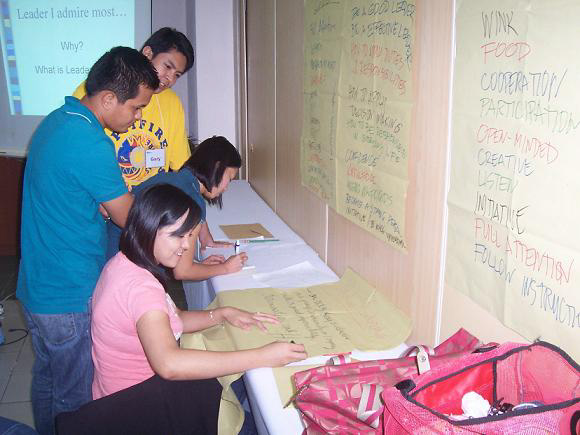
Lawrence Martel of Syracuse University has found that learning effectiveness can be enhanced when learners assimilate new materials presented through the use of the 8 intelligences. Mathematical and reading scores have increased when teachers use multiple intelligences to deliver their materials.
Recent excursions in using the 8 intelligences, especially the lounge chair and playground environments make it easier for participants to assimilate new material, recall and reflect on their past experiences and feelings about the issues and concerns discussed in the classroom and verbalize their ideas to their colleagues.
My experience as a corporate trainer suggest that we need to use all four individual quadrants in a learning environment and design various learning activities incorporating all the 8 intelligences…

Have you ever tried the following in your training room?
- recalling your childhood memories in a visualization exercise to help you search for
- revered values of your ethnic culture
- drawing images to illustrate your true feelings about an event
- writing poems, raps to express your understanding of concepts
- singing an inspirational song at the end of a course to bind participants together.
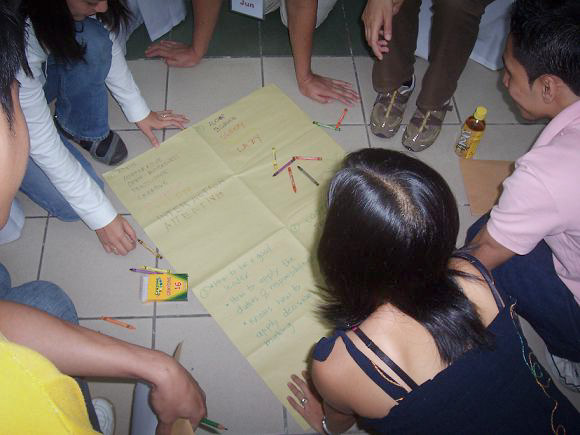
If you have tried some of the above techniques, I hope you have found that an effective blend of both emotional and cognitive experiences can make learning real fun for you as well as your group of learners and more effective in learning and recall.
So how can we explain using the 8 intelligences for learning?
The answer is simple - remember what we used to do in kindergarten when our teachers got us to sing and play as we learned the letters of the alphabet. Singing nursery rhymes and acting out various fun scenes made the learning come alive, memorable, and lasting! The use of music, posters, poems, relaxation methods and bodily-kinesthetic movements can go a long way in breaking through learning barriers and enabling learners to attain individual and group achievements that were not previously thought possible.
The learning environment which is a combination of the lecture hall, classroom, lounge chairs, and playground offers a variety of learning experiences and the training session is filled with movement and laughter, facilitating easy learning and interaction. The new saying ‘learning should be fun’ is a paradigm shift and takes us away from the painful memories of our secondary school or college rigours. It has been found that when learners are relaxed and laughing and enjoying themselves, they assimilate new materials more easily.
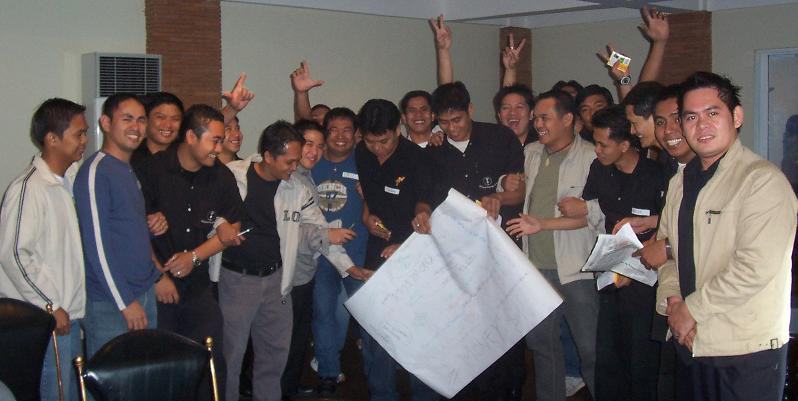
Also, by using the 8 intelligences, both our left and right brain will be utilized more. Recall will be enhanced, according to brain experts, because the limbic system which is the seat of emotions is now evoked and linked to the neocortex - thus making learning more holistic. Learning in this instance is not just cognitive but also emotional and physical. This also enhances the learner’s creative potential…This way participants will learn not just new concepts and theories but also have a ‘feel’ for what they are learning, with better recall and a stronger commitment to transfer the learning to the workplace.
-excerpt from Management, Asma Abdullah, 1994
Let's get the team back on track
Don't let your organization's performance suffer. Send us your question or inquiry and we'll get back to you as soon as possible.